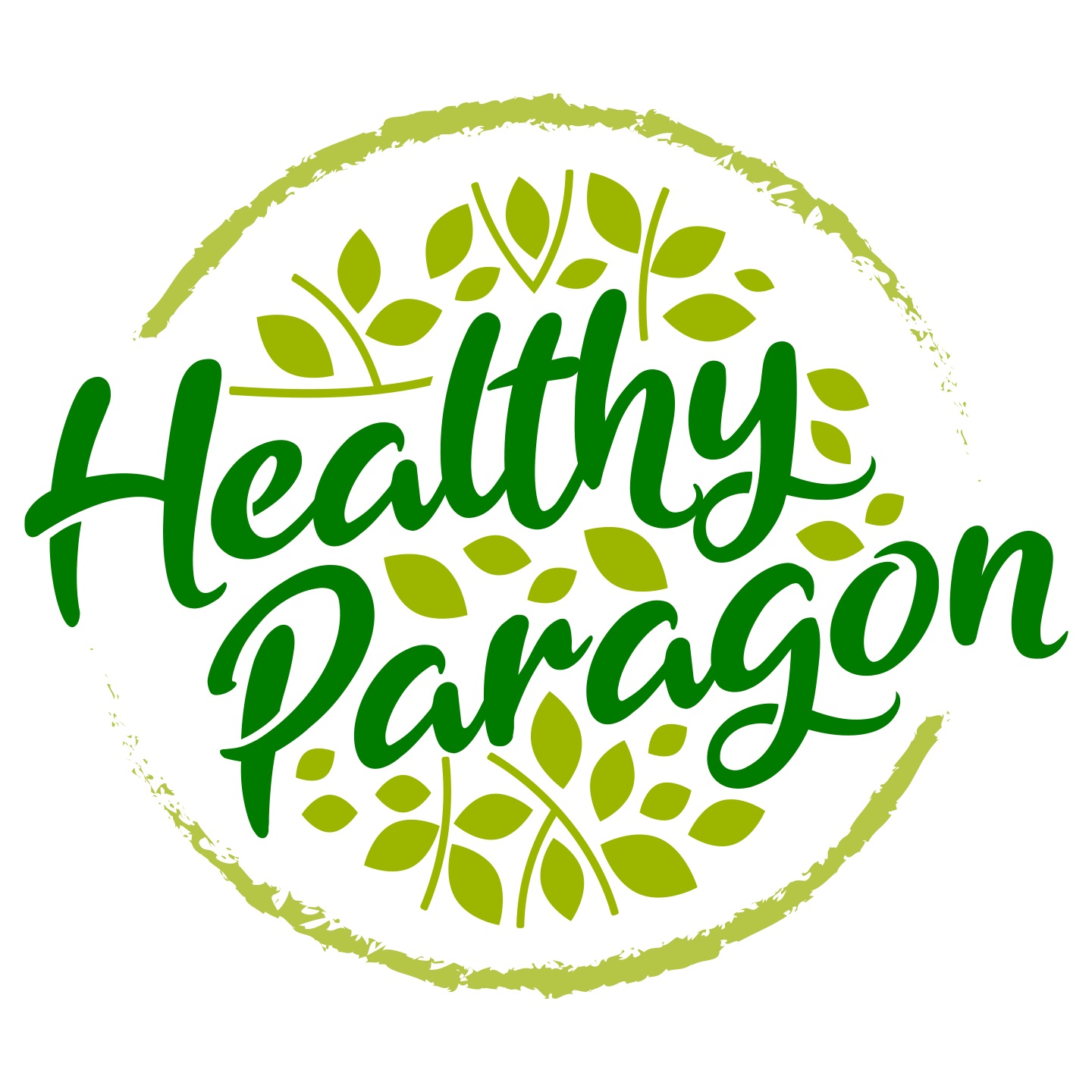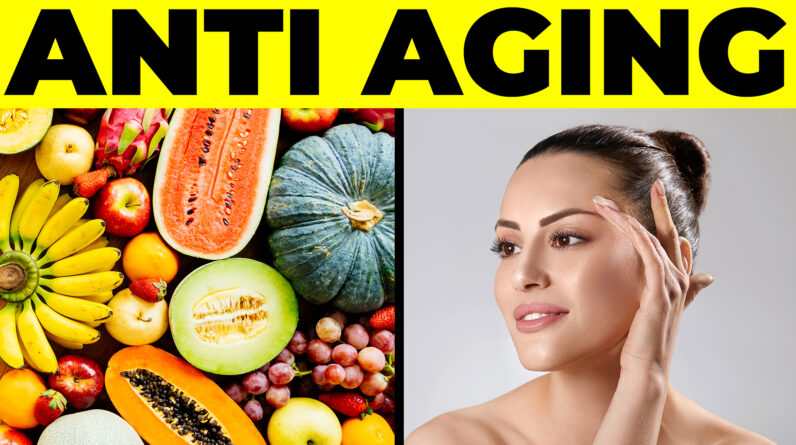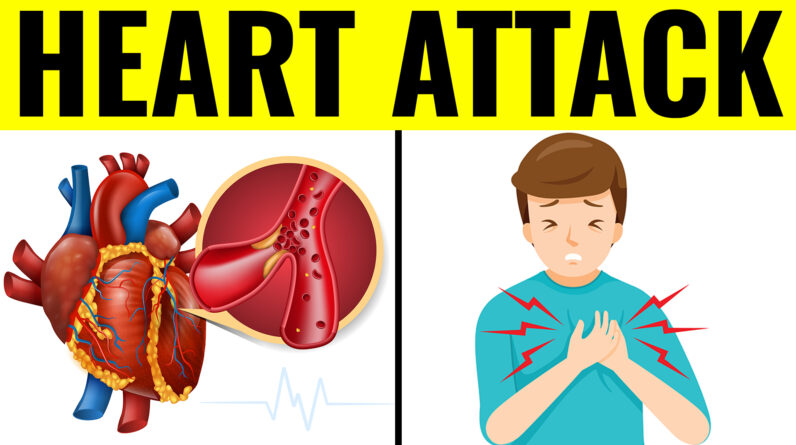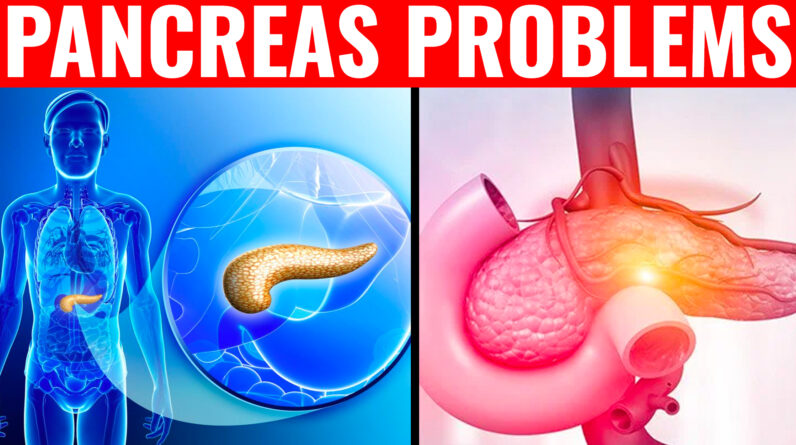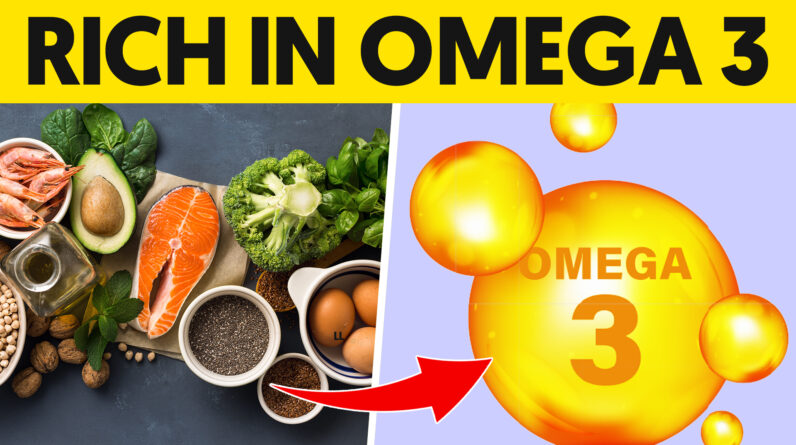
There is an element of truth to considering Omega 3s kinda magical. And that is because it offers a host of benefits including improved brain function, reduced risk of heart diseases, and diabetes control.
However, the small issue is that our bodies do not produce Omega 3 in any amount, so if we want to get all those benefits, we have to orally consume our Omega 3s. Below are the top 10 foods that contain Omega 3 fatty acids.
Number 10: Walnuts
Walnuts are one of the most nutritious nuts out there. They are an excellent source of fiber, and also contain healthy amounts of antioxidants, calcium, manganese, copper and a number of vitamins.
As for their Omega 3 content, they are packing an impressive 2,570 mg per ounce, that is, in 14 walnut halves, you get 2,570mg of Omega 3s. This more than makes up for your daily Omega 3 recommendation of 500mg for a healthy person and about twice that for someone with a heart condition.
One thing, though! When you eat your walnuts, make sure to eat them with the skin because that skin contains most of a walnut’s content of phenolic antioxidants, something that you really need.
Number 9: Oysters
Delicious and nutritious; what more can you ask for from your food, right? To start with, oysters contain the highest amount of zinc in anything on this planet; edible or inedible. Ok, maybe just things that are edible, now that I think about it. Anyway, they are also great sources of copper and vitamin B12. And their Omega 3 content is quite impressive too; 435mg of the Omega 3 per 100 grams is more than decent.
Number 8: Firm Tofu
Everybody loves tofu because it tastes great. Thankfully, though, it isn’t just great for your tastebuds, it is also highly nutritious; especially if you are having the firm kind. Tofu contains all nine essential amino acids; a feat that not many foods can boast of. And other nutrients that it contains include manganese, phosphorus, calcium, and iron. For Omega 3, it offers 582 mg per 100 grams.
Number 7: Caviar
I’m sure that everybody knows that this luxury food is basically just fish egg or roe. But that’s not what we are discussing today. Caviar, which is typically served in very small portions and used as a starter, taster, or garnish, is a great source of choline and, of course, Omega 3 fatty acids.
Why did I mention how it is eaten? Well, just to put in perspective that it is typically not eaten in large quantities but can still do a lot of good with such a small amount. In just one tablespoon of caviar, you get 1,086 mg of Omega 3s.
Number 6: Chia Seeds
Chia seeds have been gaining some popularity for being a superfood, and for good reason. They contain a lot of nutrients, including fiber, calcium, iron, manganese, magnesium, and antioxidants. They are also quite high in protein, which is probably why they are popular among those who are trying to lose some weight. Their Omega 3 content is really impressive too; for every ounce of chia seeds, you get a whooping 5,060 mg of Omega 3. Need I say more?
Number 5: Cod Liver Oil
You obviously can’t consume cod liver oil in large quantities because, regardless of what health benefits it offers, it is still an oil. This is basically the reason it is not higher up on the list because, otherwise, it is an excellent source of Omega 3 fatty acid. A tablespoon of cod liver oil contains about 2,600mg of Omega 3s which more than covers your daily recommendation.
In addition to Omega 3, cod liver oil, which, as the name implies, is extracted from the liver of cod fish, is rich in both vitamin D and vitamin A. However, it is advised that you not consume more than one tablespoon of cod liver oil per day in order not to overdose on vitamin A.
Number 4: Flax Seeds
First off, you should know that flax seeds contain the highest amount of Omega 3 fatty acids for seeds. For each tablespoon of whole flaxseeds, you are getting about 2,300 mg of Omega 3s. But if it is flaxseed oil, you are looking at about 7,000 mg per tablespoon.
Also, Flaxseeds are the richest whole-food source of a particular Omega 3 fat called alpha-linolenic acid. Pretty impressive, right?.
Besides, flaxseeds are not only great sources of Omega 3s, they also contain a healthy amount of fiber and magnesium, among a number of other nutrients. They also have a great Omega 3 to Omega 6 ratio compared to other oily seeds. So, a great addition to your diet.
Number 3: Sardines
Typically, fatty fish is a great source of Omega 3s. Sardines just happen to be one of the really impressive oily fish out there. These impressive little fish contain almost all the nutrients that your body needs, but specifically, they are a great source of vitamin B12, vitamin D, and selenium.
Now, talking about Omega 3s, 100 grams of sardines will give you 1,480 mg of Omega 3s, and a cup of canned Atlantic sardines will give you 2,205 grams of Omega 3s. That said, if you really want to get the full benefits of sardines, make sure to eat them whole.
Number 2: Salmon
Salmon is one of those foods that shows up on almost every list of “top ten foods rich in…”. And that just goes to show how nutritionally dense salmon are. From a variety of vitamins and minerals to a decent amount of protein, salmon packs a punch nutritionally.
Its Omega 3 content is also really impressive; in 100 grams of salmon, you get 2,260 mg of Omega 3s. And in half a fillet of cooked Atlantic salmon, you are looking at about 4,000 mg of Omega 3 fatty acids.
Number 1: Mackerel
And for the food that I believe is richest in Omega 3, we look to mackerel. I mentioned earlier that oily fish are a great source of Omega 3s; mackerel just happens to be the king of them all. Offering an impressive 4,107 mg of Omega 3s in just one piece of salted mackerel, it is no wonder that it made it to number 1.
Omega 3s aren’t all that mackerel have to offer, though. They are also quite rich in vitamin B12 and selenium. And thankfully, they don’t require much by way of preparation. With little effort and time, you can have yourself an enjoyable meal of mackerel.
